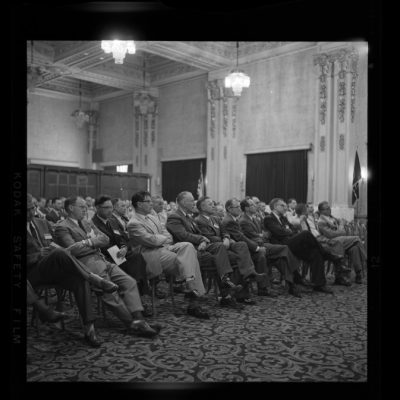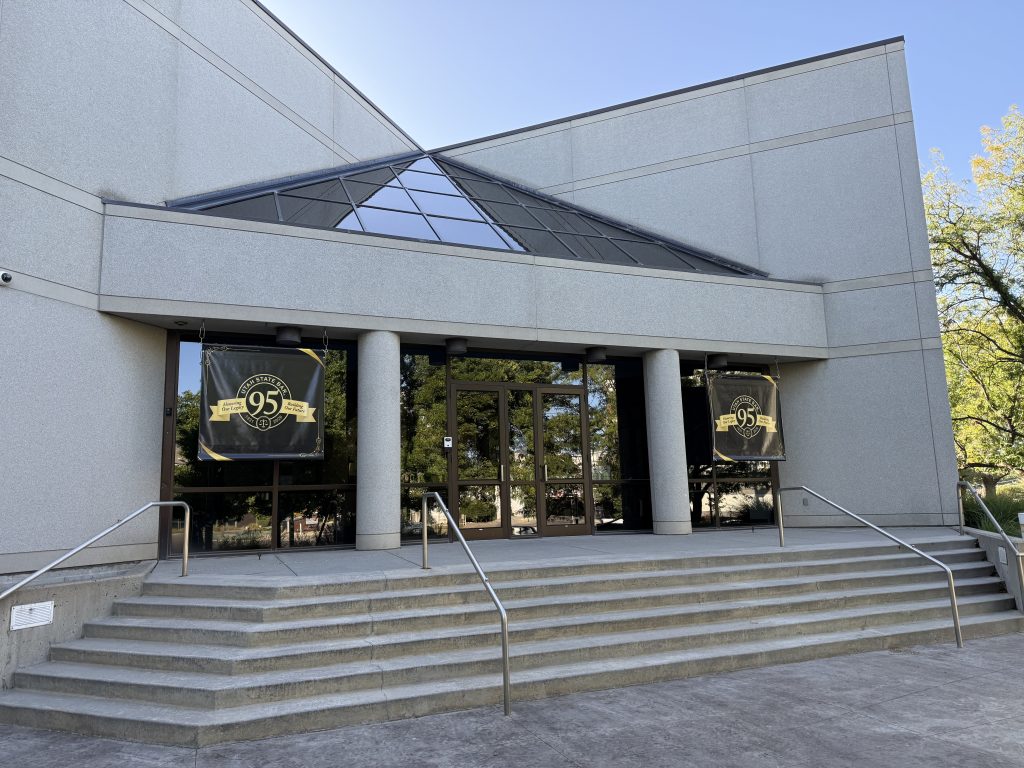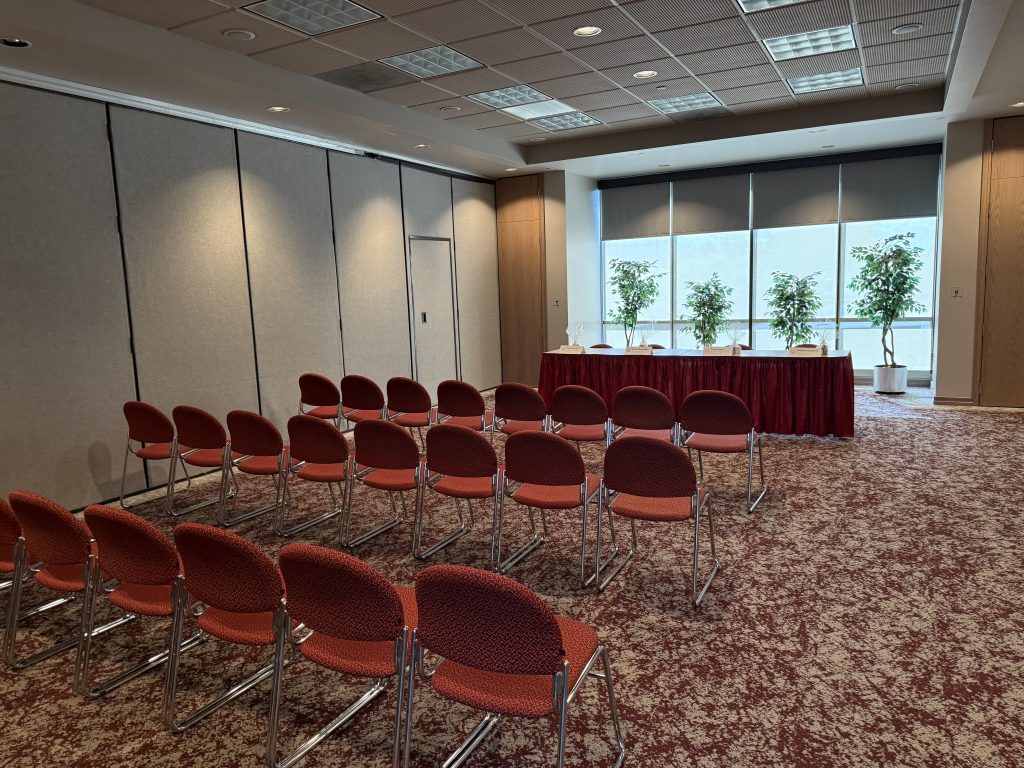We envision a just legal system that is understood, valued, and accessible to all.

The regulation of lawyers in Utah has always been closely tied to the Utah Supreme Court. In 1851, during the territorial era, attorneys seeking to practice law petitioned the Court directly for admission.
Approval from the Court granted them the right to appear before all territorial courts. Admission was typically earned through examinations conducted either by committees appointed by the Supreme Court or by local district judges. Disciplinary matters, including suspension or removal from practice, were likewise decided by the courts.
By the 1890s, the regulation of lawyers rested solely on the authority of the judiciary and on informal gatherings of attorneys, which had begun to develop into coordinated professional associations. In January 1894, prominent territorial attorneys met in Salt Lake City to draft an “organization, constitution and bylaws,” laying groundwork for a broader professional association.
The following year in 1895, Utah delegates convened to draft the state constitution, they emphasized the separation of governmental powers. Article V, Section 1 of the Utah Constitution expressly provides that the legislative, executive, and judicial branches “shall be divided into three distinct departments” and that no branch may exercise functions belonging to another. Within this framework, Article VIII, Section 4 of the Constitution entrusted the Utah Supreme Court with governing the practice of law, including admission, conduct, and discipline of attorneys. This provision established the judiciary’s central role in regulating the profession as an essential function of administering justice.
In 1931, the Utah State Bar was formally established as an administrative arm of the judiciary, operating under the authority of the Utah Supreme Court. This structure preserved independence from political influence while ensuring accountability within the separation of powers framework adopted at statehood.
The constitutional foundation was further strengthened in 1984, when Utah voters approved of a revised Article VIII, which became effective in 1985. Section 4 reaffirmed the Court’s authority over the practice of law and expanded its powers to include creating rules of procedure and evidence for the state’s courts and overseeing the appellate process.
Today, the Utah State Bar operates under the continuing supervision of the Supreme Court. It is governed by a Board of Commissioners consisting of 13 voting members, 11 elected attorneys and two non-lawyers appointed by the Court. Ex officio members ensure representation from Utah’s two law schools, the American Bar Association, the Young Lawyers Division, the Utah Minority Bar Association, Women Lawyers of Utah, the Judicial Council, and past Bar leadership. This structure has become a national model for balancing independence, inclusivity, and accountability in lawyer regulation.
Beyond its licensing and regulatory role, the Bar offers attorney resources in ethics, practice management, wellness, and innovation in legal services. Additionally, the Bar also serves the public and the profession by providing:
As the Utah State Bar marks its 95th anniversary, it continues to reflect nearly a century of professional self-governance under the guidance of the Utah Supreme Court—protecting the public, supporting lawyers, and advancing justice in Utah.


To make reservations over the phone or if you need more information about reserving a room at the Utah Law & Justice Center, please contact the Bar’s Events and Building Manager Travis Nicholson at tnicholson@utahbar.org.
Direct Telephone: (801) 297-7029
If your event is education related, or for a CLE, please email CLE@utahbar.org
The Utah Law & Justice Center was built in 1988 to replace the Utah State Bar’s old 5,700-square-foot pioneer home, which had become too small for its 21 staff members and more than 4,000 licensees. The new building was designed by MHTN Architects with a steel frame, precast concrete walls, and bronze-glass windows.
The Bar needed more space to run its programs, expand continuing legal education, and provide a neutral place for dispute resolution methods such as arbitration and mediation, which was important at a time when Utah’s courts were overloaded.
The building was designed with two wings: the north wing for administrative offices and the south wing for meetings and events, connected by a skylit lobby and reception area. Flexible meeting rooms could accommodate both small committees and large functions. The design also included plazas for public events and space for future expansion.
By the year after it opened, the Center had already hosted more than 800 meetings with more than 16,000 participants, including legal education programs, bar exams, mediations, arbitrations, and free legal advice nights for low-income citizens.
Today, the Center has now hosted thousands of CLEs, several of the Bar’s annual meetings, the annual Access to Justice Summit, Salt Lake City Peer Court, numerous trainings such as those organized by the Well-Being Committee for the Legal Profession, and special celebrations including the 50th Anniversary of Utah Law Related Education. It continues to serve as both a professional gathering place and a venue for public legal education and outreach.